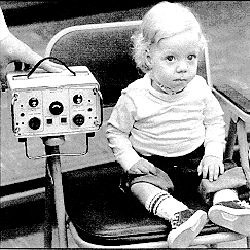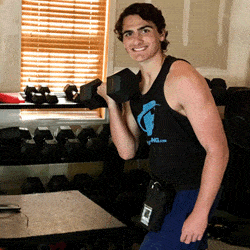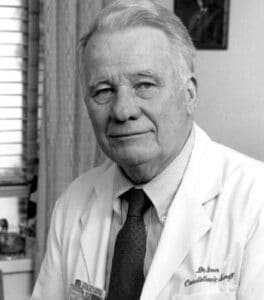Avery Biomedical Devices Inc.
Avery Laboratories, Inc. was founded by Roger Avery in the late 1960’s. It was renamed Avery Biomedical Devices, Inc. in 2005 and have:
- Manufactured over 10,000 neurostimulators.
- Implanted systems in over 50 countries worldwide.

The Avery model S-242 was the first commercially distributed Diaphragm Pacemaker.
The current Avery model:
The Spirit Diaphragm Pacemaker

